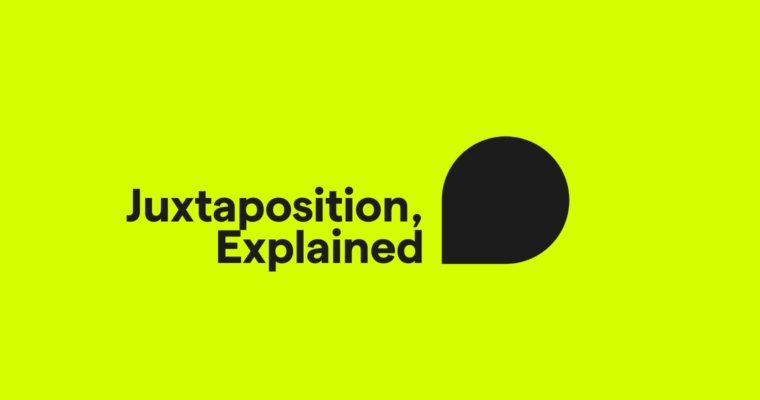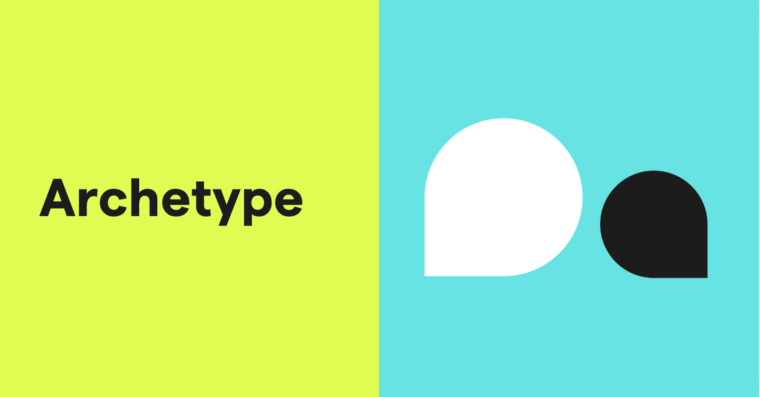
Key takeaways:
- Juxtaposition is a literary device that places contrasting elements close together to highlight their differences or similarities.
- Writers use it to engage readers, emphasize points through contrast, and build connections via comparison.
- Juxtaposition is a way of contrasting characters, themes, settings, and emotions in novels, music, poetry, speeches, and movies.
Want your writing to grab people’s attention and make them think? Use juxtaposition, a literary device that puts different things side by side to highlight how they’re different or surprisingly alike. Juxtaposition can make your writing more exciting, help explain your ideas, add personality, and connect ideas with readers through comparison. Let’s explore how you can use juxtaposition to improve your writing.
Table of contents
Juxtaposition as a literary device
How to add juxtaposition to your writing
Juxtaposition defined
Juxtaposition is a literary device where two concepts, such as characters, ideas, or objects, are placed side by side to reveal their differences or surprising similarities. This creates meaning, adds depth, and makes certain qualities stand out.
While juxtaposition often involves opposites, it can also highlight more subtle differences between distinct elements. For example, saying that two things are “like apples and oranges” uses juxtaposition by referencing the different characteristics of two familiar items.
Writers, artists, and speakers use juxtaposition to:
- Develop characters: Comparing two characters can reveal their traits.
- Connect ideas: Placing unrelated things together can uncover new meaning.
- Strengthen arguments: Showing contrasts can make a point more persuasive and memorable.
Using juxtaposition
Writers and artists strategically place different ideas or elements together to create contrast. Juxtaposition highlights contrasts and unexpected parallels, enriching meaning and emphasizing distinct qualities.
This technique strengthens arguments and stirs emotions, helping writers and speakers connect with their audience, make their message more memorable, and inspire action or create a more profound understanding.
You see this everywhere:
- Novels juxtapose characters, like the stark difference between the lighthearted Pip and the grumpy Miss Havisham in Charles Dickens’s Great Expectations, a juxtaposition that highlights innocence versus bitterness.
- Art pairs unexpected images, such as Banksy’s street art, which mixes political themes with irony.
- Speakers place struggles next to triumphs, like Amanda Gorman’s poem “The Hill We Climb,”in which she contrasts America’s past with a hopeful vision for the future.
Juxtaposition as a literary device
Juxtaposition helps writers create tension, deepen meaning, and evoke emotions by placing contrasting elements side by side. It’s effective in narratives, poems, and expository writing, illuminating complex relationships. Juxtaposition enhances writing in several ways:
- Theme development: Contrast can emphasize larger themes, like the individual versus society.
- Character development: Juxtaposing characters highlights their differences and reveals moral complexity or conflicting motivations.
- Creating irony: Placing contradictory elements together can inject humor or situational irony.
- Building tension: Opposites or contradictions create tension between the protagonist and antagonist, peace and conflict, or hope and despair.
- Evoking emotions: Juxtaposition contrasts emotions, like happiness and sadness, intensifying the emotional impact.
Examples of juxtaposition
Below are some juxtaposition examples from different types of works, showing how contrasting ideas are used for effect.
| Example | Quote / Visual example | Juxtaposition | Explanation |
| Frankenstein, by Mary Shelley | Scientist in horror before his grotesque, animated creation | Creator (Dr. Frankenstein) vs. creation (the monster) | Explores alienation, the responsibility of science, and what defines humanity |
| The Strange Case of Dr Jekyll and Mr Hyde, by Robert Louis Stevenson | “I stood already committed to a profound duplicity of life … trembling immateriality … seemingly so solid body” | Good (Dr. Jekyll) vs. evil (Mr. Hyde) in the same person | Highlights the inner conflict and duality within human nature |
| “Tiger Drinking at Forest Pool,” by Ruth Padel | “Treasure found but lost …” | Gained treasure vs. lost treasure | Reflects on impermanence and the fleeting nature of beauty or value |
| John F. Kennedy’s inaugural address | “Ask not what your country can do for you. Ask what you can do for your country” | Receiving vs. giving | Emphasizes civic duty and collective responsibility |
| Neil Armstrong’s words when he became the first person to set foot on the moon | “That’s one small step for man, one giant leap for mankind” | Individual vs. collective achievement | Underscores how small personal actions can transform human history |
| The Dark Knight | “You either die a hero, or live long enough to see yourself become the villain” | Heroism vs. villainy | Warns of moral decay and the fragility of ideals |
| The Wizard of Oz | Muted sepia Kansas transitions to vibrant Technicolor Oz | Mundane reality vs. magical escape | Shows emotional transformation and escapism through color |
| Mario Bros. | Mario vs. Wario in gameplay | Selflessness vs. greed | Illustrates mirrored morality and the clash of character archetypes |
| The Last of Us | Lush nature reclaiming crumbling cities | Nature vs. civilization | Suggests nature’s endurance and the fragility of human constructs |
How to add juxtaposition in your writing
Juxtaposition can make your writing deeper and more interesting. Here’s how to use this device:
1 Identify contrasting elements: Look for two things that differ or have unexpected similarities. This contrast should help emphasize your main point.
2 Place them side by side: Put the contrasting elements next to each other in a sentence or paragraph. This makes the difference stand out clearly.
3 Use the contrast to create an effect: Think about the feeling or message. The way you place contrasting elements can affect how your audience reacts.
By using juxtaposition, you can make your writing more engaging and impactful.
Highlight contrasts with juxtaposition
Juxtaposition is a simple yet powerful way to add depth and highlight key differences in your writing. Whether you’re crafting a story, an essay, or an article, placing contrasting elements side by side helps your ideas stand out and resonate more clearly.
Use Grammarly to increase creativity and understanding
Want to write more clearly and creatively? Grammarly helps you catch mistakes and express your ideas with confidence. See how Grammarly can help you make every word count.
Juxtaposition FAQs
Below are common questions about using juxtaposition in writing, its stylistic impact, and when to apply it effectively.
What’s the difference between antithesis and juxtaposition?
While both highlight contrast in writing and speech, juxtaposition and antithesis aren’t the same:
Juxtaposition is a broad technique that places two elements side by side to emphasize their differences.
Antithesis is a rhetorical device that presents opposing ideas in a balanced, parallel structure to create a dramatic or persuasive effect.
In short, antithesis is a more structured form of juxtaposition.
What are some synonyms for juxtaposition?
While there’s no exact synonym for juxtaposition, a few words come close depending on your context. Here are some terms that can work as alternatives:
- Contrast
- Pairing
- Comparison
- Foil
- Side-by-side
- Parallel
- Opposition
- Antithesis
- Duality
- Dichotomy
When shouldn’t you use juxtaposition in writing?
Juxtaposition can be powerful, but it doesn’t always fit. Avoid using it when:
- The contrast isn’t clear: If the connection between ideas is weak, it can confuse readers.
- You need to be direct: Instructional or technical writing should prioritize clarity over style.
- It’s overused: Too much juxtaposition can feel gimmicky and lose its effect.






